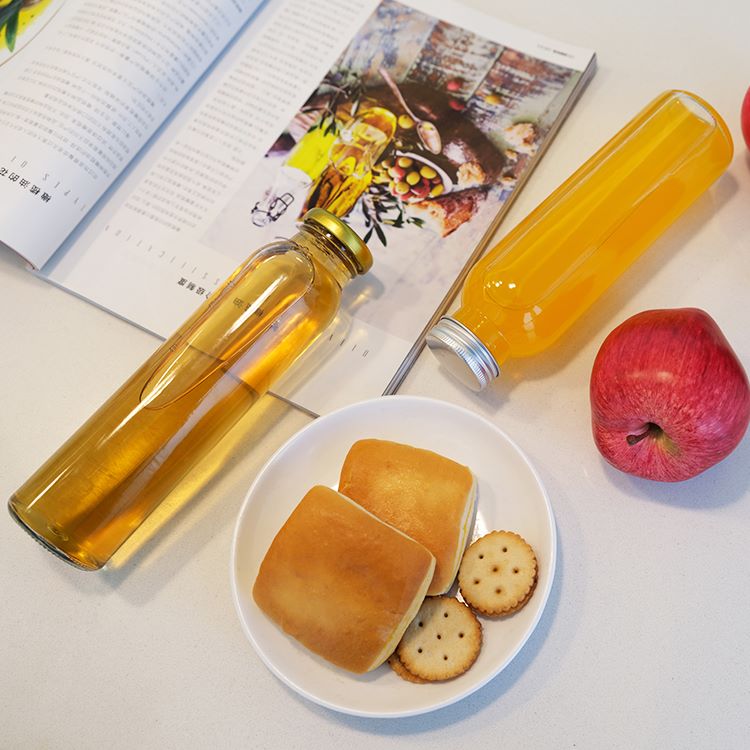5 Advantages of Choosing Recycled Glass Bottles and Jars
With a growing awareness around sustainability, both consumers and businesses are seeking greener packaging solutions. Among the top choices are jars and bottles made from recycled glass, which provide a robust and eco-friendly substitute for disposable plastics. These containers offer a safe and sustainable option for storing food, beverages, and everyday household goods.
Special Series Part 2 Purification and Concentration
During the Phase I raw material pretreatment stage, our multi-stage spray and bubble washing system, intelligent sorting , and integrated crushing-preheating unit have achieved efficient and hygienic pretreatment at 20-40 T/h capacity. This established a solid foundation for purification and concentration processes.
Several Types of Liquor Bottles
Selecting the perfect liquor bottle can feel daunting, given the sheer variety available. Each spirit — from whiskey to vodka — boasts unique qualities that are best preserved and displayed in specially designed bottles. This overview will walk you through the main types of liquor bottles and what sets them apart.
Key Differences Between Bordeaux and Burgundy Glass
Every bottle of wine has a story to tell about its craftsmanship and history. The oldest and most contentious argument in the wine industry is undoubtedly between Bordeaux wine glass vs Burgundy glass wine bottles.
Special Series Part 1: Pretreatment of Raw Materials
Traditional processes frequently involve extensive manual participation, high energy consumption and significant material loss. Our new-generation equipment achieves intelligence high efficiency and low consumption at this stage. This series divides into three phases titled Raw Material Pretreatment, Separation Purification&Concentration and Filling with other auxiliary engineering progressively introducing our full-chain processing plant equipment.
Is Glass the Most Sustainable Choice for Consumer Wellbeing?
Brands and consumers are becoming increasingly conscious of the environmental and health impacts of their packaging choices. Glass packaging, in particular, has been spotlighted as an eco-friendly option across many industries. Let’s explore why glass may be a more sustainable choice compared to other materials like plastic.
The Beer Canning Process: How it Works
Humans have been brewing beer for thousands of years, but it wasn’t until 1935 that the first beer cans hit the shelves. Fast forward to today, and the beer can has become a staple, punctuating get-togethers galore, from barbeques to baseball games.
Glass Bottle Closures: Choosing the Right Closure for Your Product
While plenty of time and attention need to go into choosing the right packaging for a glass bottle, a common mistake that some businesses make is classing the closure as an afterthought. At Croxsons, we offer bottle closures for all packaging, from wine bottles to spirit containers, as we understand just how important this finishing touch is.
High-Quality Glass Jar Products Win Trust of Australian Customer; $460,000 USD Order Sets Sail for International Markets
Recently, IDEA Company, leveraging its exceptional product quality and reliable service capabilities, successfully secured the recognition of a key customer in the Australian market, finalizing an export order for glass jar products valued at $460,000 USD. This batch of products is soon to embark on its journey to Australia, where it will be used to meet the customer's high-end requirements in sectors such as food, beverages, and home storage.








